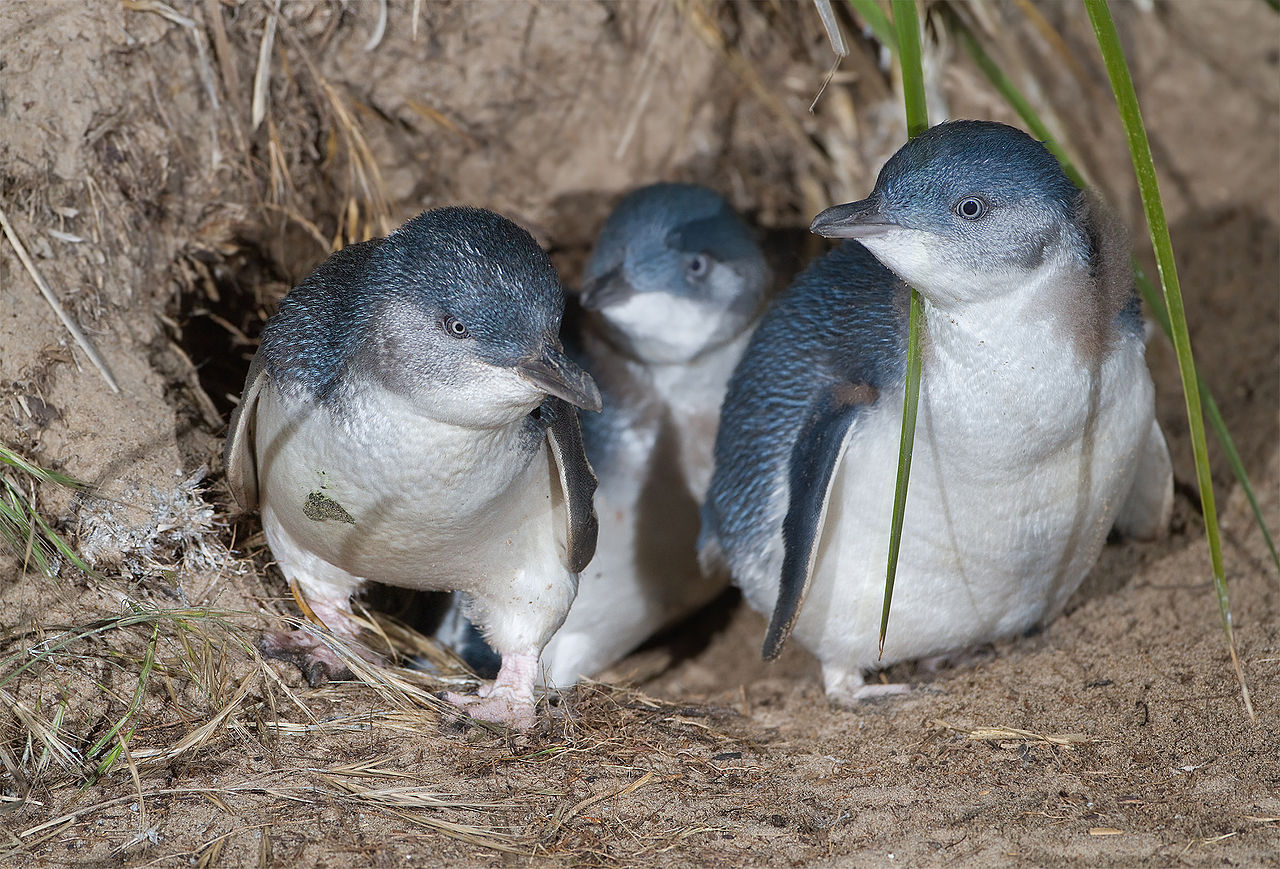News release
From:
Energetic consequences of prey type in little penguins (Eudyptula minor)
Royal Society Open Science
We tracked little penguins in Victoria using video cameras, which showed prey specific hunting behaviour. We also observed penguins consuming bellowsfish, and other fish species that were swimming underneath jellyfish; the first ever recordings of these for little penguins. This study provides insight into fine scale feeding and energetic behaviours of little penguins, which is important for this species that may be affected by climate change.
- Sting graze – Don’t be fooled by their cuteness, no prey is safe from hunting little penguins. Cameras attached to little penguins in south-eastern Australia revealed they catch fish sheltering underneath jellyfish while grabbing dead fish trapped in their tentacles. These techniques, observed for the first time, provide important insights into the feeding behaviours of little penguins, and may be used to monitor how the species adapts to the threats of climate change. Open Science
Multimedia




 Australia; VIC
Australia; VIC



